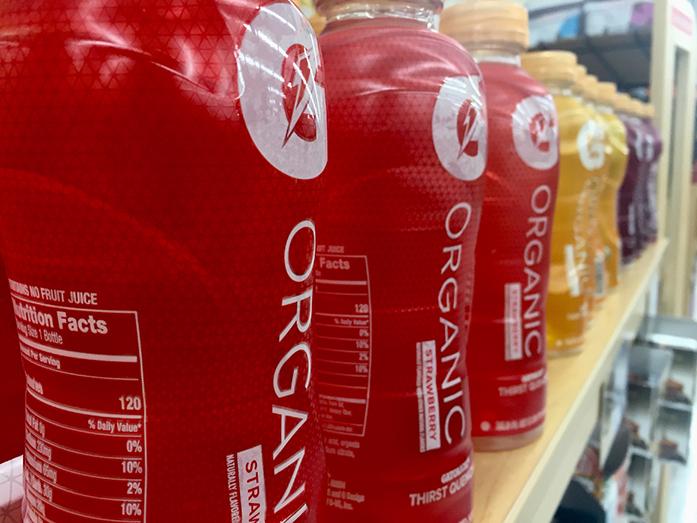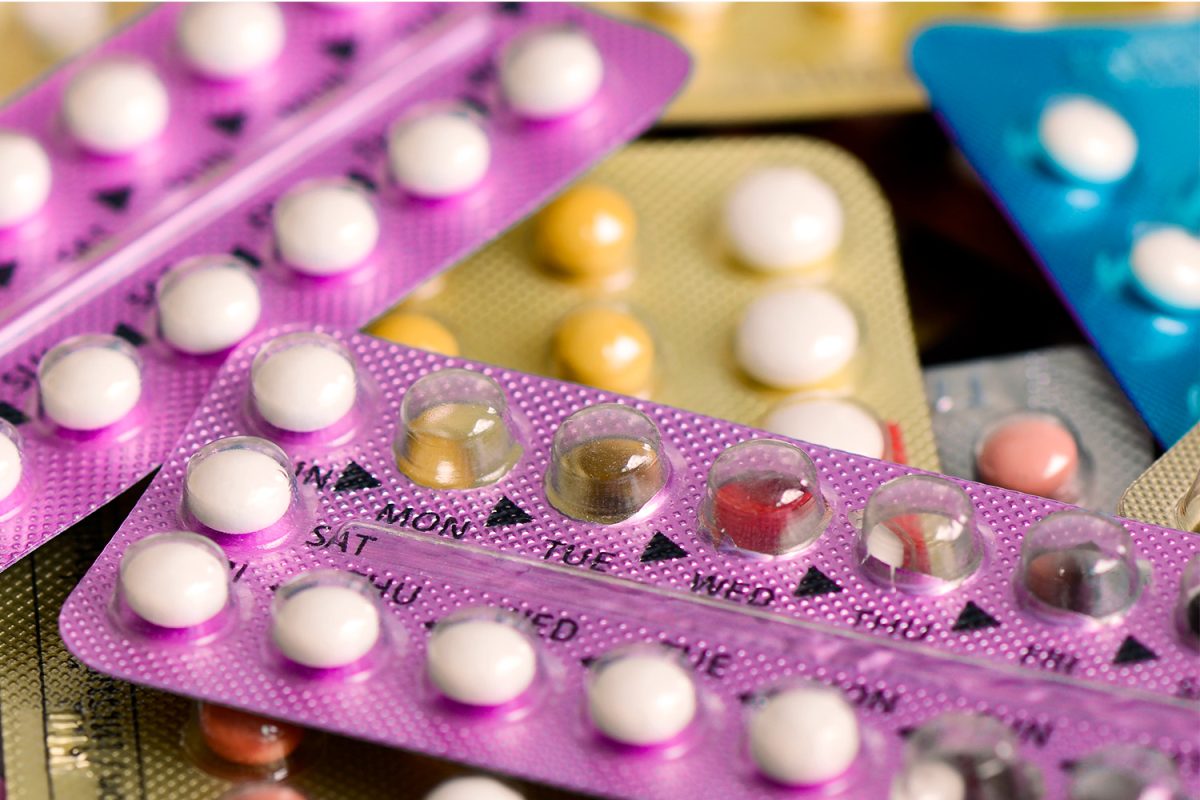By Helaina Thompson
I had heard the news “The new line, called G Organic, will come in lemon, strawberry, and mixed berry flavors,” the New York Times reported in early September. Still, in the midst of a grocery run at my local Hy-Vee, I halted and stared in disbelief. There they were, displayed on a shelf before me (in the Health Market, of all places): bottles of organic Gatorade. How did Gatorade, of all brands, sneak into the organic club?
Before the 1920s, nearly all of agriculture was free of pesticides and essentially organic (although the term as it related to food was not coined until the 1940s). Following World War II — a war marked by advances in chemical technology — American agriculture borrowed from military science to develop chemical pesticides and fertilizers, increasing crop yields and decreasing manual field labor.
.Some farmers resisted this rapid industrialization of agriculture. In 1943, Sir Albert Howard published “An Agricultural Testament,” which expressed concerns held by pioneers of the organic movement: “These chemicals and these machines can do nothing to keep the soil in good heart. By their use the processes of growth can never be balanced by the processes of decay.”
The “New Environmentalism” of the 1960s and ’70s secured the organic movement’s place in the counterculture. In the following decades, the U.S. Department of Agriculture undertook organic regulation and certification, creating the USDA organic seal in 1990. Organic farms increased in size and shipped produce farther in order to meet increased demand. In 2015, total organic sales hit $43.3 billion. Which brings us to today, in which analysts predict demand for organic products is outgrowing the supply, in which even such companies as Walmart and Gatorade have gone organic.
Therefore, it is imperative we address two major misconceptions of modern organic food. First, organic is not synonymous with healthy. G Organic contains 29 grams of organic cane sugar per 16.9 ounce bottle — that’s 3 grams more added sugar than the American Heart Association recommends women consume in one day.
Second, organic farming as defined by the USDA, often strays from the philosophies and values of the original organic movement. Big organic farms — supported by large companies such as PepsiCo, which owns Gatorade — jeopardize the environment by depleting water sources in drought-ridden areas, damaging soils through repeat crop planting, and shipping produce across thousands of miles.
My recommendation for a Gatorade alternative? Choose water throughout the day and after exercise lasting less than an hour. For a fruity beverage, stop by the Iowa City Farmers’ Market on Wednesday evenings and Saturday mornings for a freshly squeezed juice from Get Fresh, which sources fruits and vegetables from small, nearby farms. Or, take a day trip to Wilson’s Orchard just north of Iowa City for made-from-scratch pure apple cider. Gatorade, meanwhile, should be reserved for dumping from buckets over people’s heads. Gatorade is not designed for regular beverage consumption, and it is certainly not representative of true organic agriculture.










